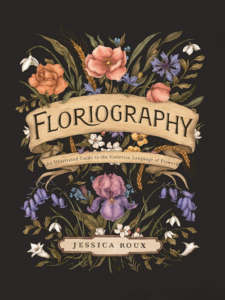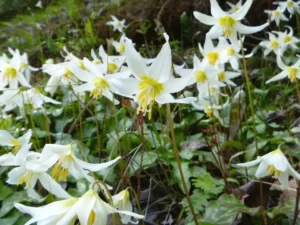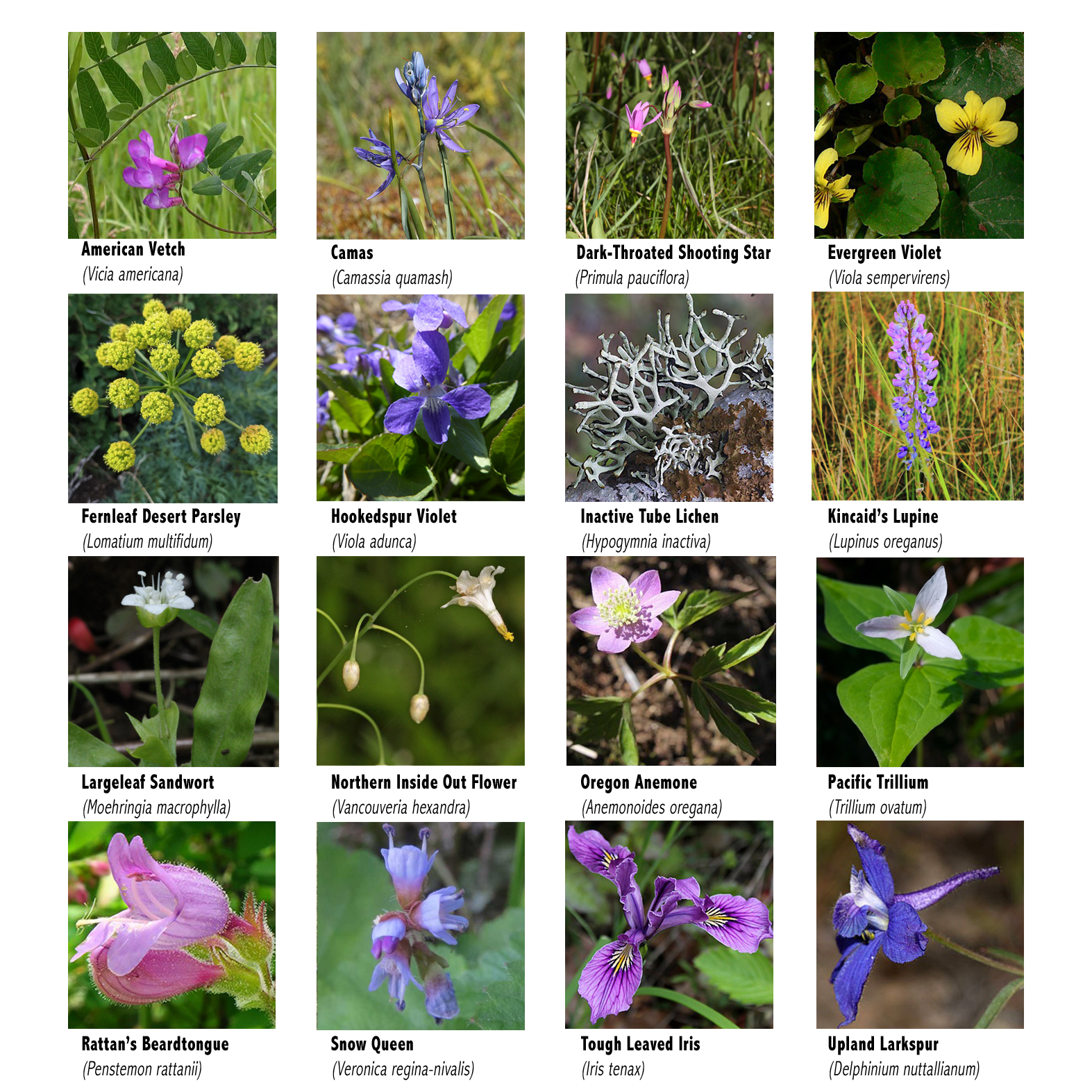Al descifrar el mensaje anterior, usted quizá se pregunte qué estaban tramando Eliza y Hannah, con quién y adónde se aventurarían a continuación.
Por supuesto, Eliza querría celebrar a su madre antes de emprender su aventura, así que compartió con su mamá un regalo especial: Floriografía, una guía ilustrada del lenguaje de las flores…

Para celebrar el Día de la Madre, y para darte una colección de pistas sobre dónde irán mamá e hija a continuación, te ofrecemos un ramo como pista...
TU MISIÓN

Relaciona los nombres de estas flores con sus imágenes. ¡Es importante saber que todas las flores de esta combinación se podrán ver en nuestra próxima ubicación este mismo mes!
¡Una vez que hayas terminado de hacer coincidir los nombres con las flores, podrás acceder a la siguiente pista!
Los recursos históricos que inspiraron nuestra aventura del Día de la Madre

Búsqueda de flores silvestres (búsquedadefloresflorales.org)
¡Conéctate con la Naturaleza!
(Del sitio web)
El sitio web Wildflower Search está dirigido a personas con conocimientos limitados de botánica que desean identificar plantas que se encuentran fuera de los jardines. Esta ayuda se brinda presentándole pequeñas imágenes de plantas. Puede utilizar varias técnicas de búsqueda para llegar a las imágenes que probablemente correspondan a la planta que está buscando. Cuando hace clic en la imagen de una planta, el programa le muestra enlaces a descripciones de plantas y más imágenes de plantas.
Este sitio ofrece muchas formas de buscar una planta. Puede utilizar estas búsquedas en cualquier combinación. Algunas búsquedas eliminan algunas plantas de la lista. La mayoría de las búsquedas otorgan una "puntuación" a cada planta según su coincidencia con los criterios de búsqueda. Las plantas con la puntuación más alta se muestran en la parte superior de los resultados.

Jerga Chinook
Jerga Chinook (Chinuk Wawa o Chinook WawaEl chinook, también conocido simplemente como jerga, es una lengua que se originó como lengua comercial pidgin en el noroeste del Pacífico. Se extendió durante el siglo XIX desde la parte baja del río Columbia, primero a otras áreas de los actuales Oregón y Washington, luego a Columbia Británica y partes de Alaska, el norte de California, Idaho y Montana, aunque a veces adoptó características de una lengua criolla.[2] En parte desciende del idioma chinook, en el que se basa gran parte de su vocabulario.[3] Aproximadamente el 15 por ciento de su léxico es francés, y también hace uso de préstamos ingleses y de otros sistemas lingüísticos. Toda su forma escrita está en la taquigrafía duployana desarrollada por el sacerdote francés Émile Duployé.
Muchas palabras de la jerga chinook siguen siendo de uso común en el oeste de los Estados Unidos y en la Columbia Británica, y se ha descrito como parte de una herencia multicultural compartida por los habitantes modernos del noroeste del Pacífico. El número total de palabras de la jerga en los léxicos publicados asciende a solo cientos. [4] Tiene su propio sistema gramatical. Es un sistema muy simple y, al igual que su lista de palabras, es fácil de aprender. Aunque existe en la jerga chinook, la consonante /r/ es rara, y las palabras prestadas del inglés y el francés, como rice y merci, han cambiado en su adopción en la jerga, a lays y mahsi, respectivamente.
Estamos agradecidos a...

